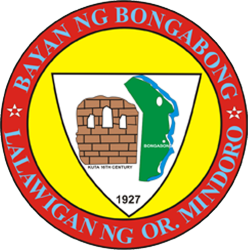

Bongabong, officially the Municipality of Bongabong, is a 1st class municipality in the province of Oriental Mindoro, Philippines. According to the 2020 census, it has a population of 76,973 people. The town's name is derived from the local term "bongabong" which refers to a type of bamboo that was once abundant in the area.
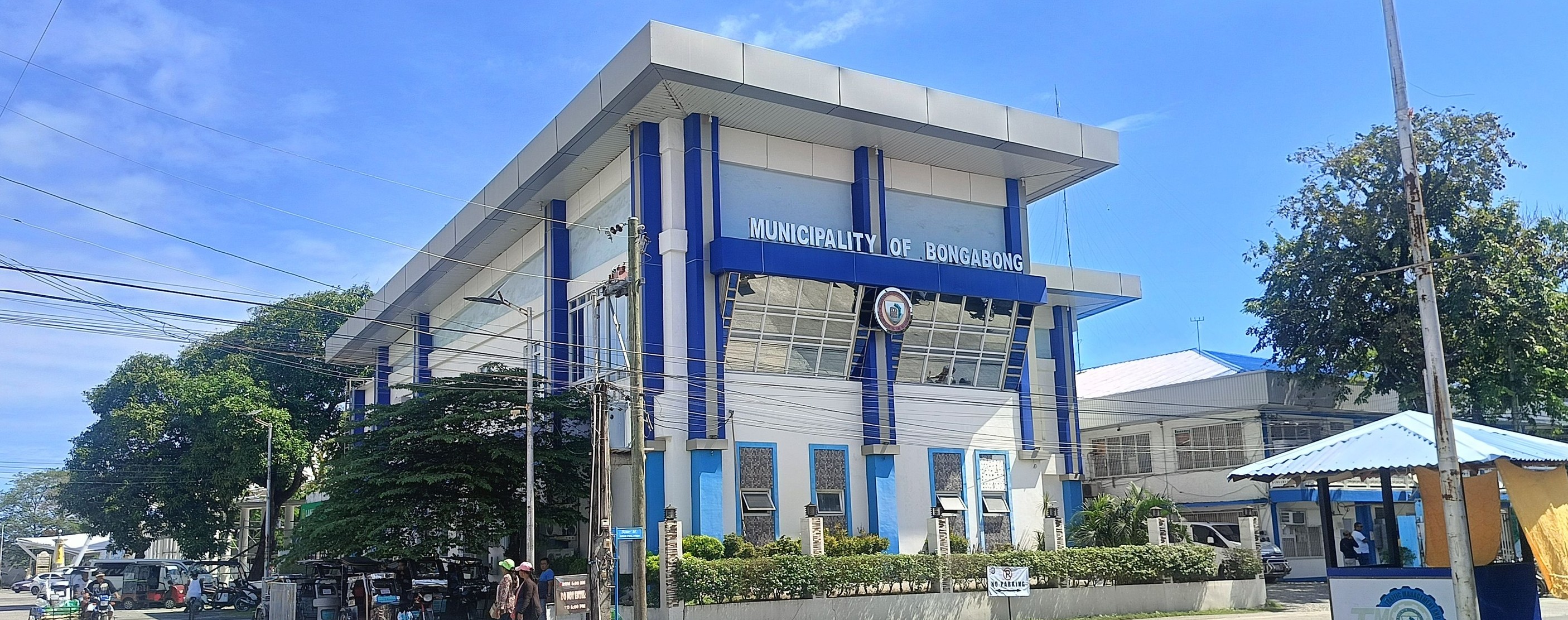
The municipality of Bongabong was established during the Spanish colonial period and was officially organized as a municipality in 1903. Bongabong is known as the "Rice Granary of Oriental Mindoro" due to its vast rice fields that contribute significantly to the province's rice production. The town is also famous for its "Sulyog Festival" which celebrates its agricultural bounty and cultural heritage.
Bongabong played an important role during World War II as a strategic location for both Japanese forces and Filipino guerrillas. After the war, the town gradually developed its agricultural lands and infrastructure. Today, Bongabong is one of the most progressive municipalities in Oriental Mindoro, with a thriving economy based on agriculture, fishing, and small-scale industries.

The area was originally inhabited by Mangyans, the indigenous people of Mindoro. The place was known as "Binago", meaning big and turbulent river, referring to the now-called Bongabong River.
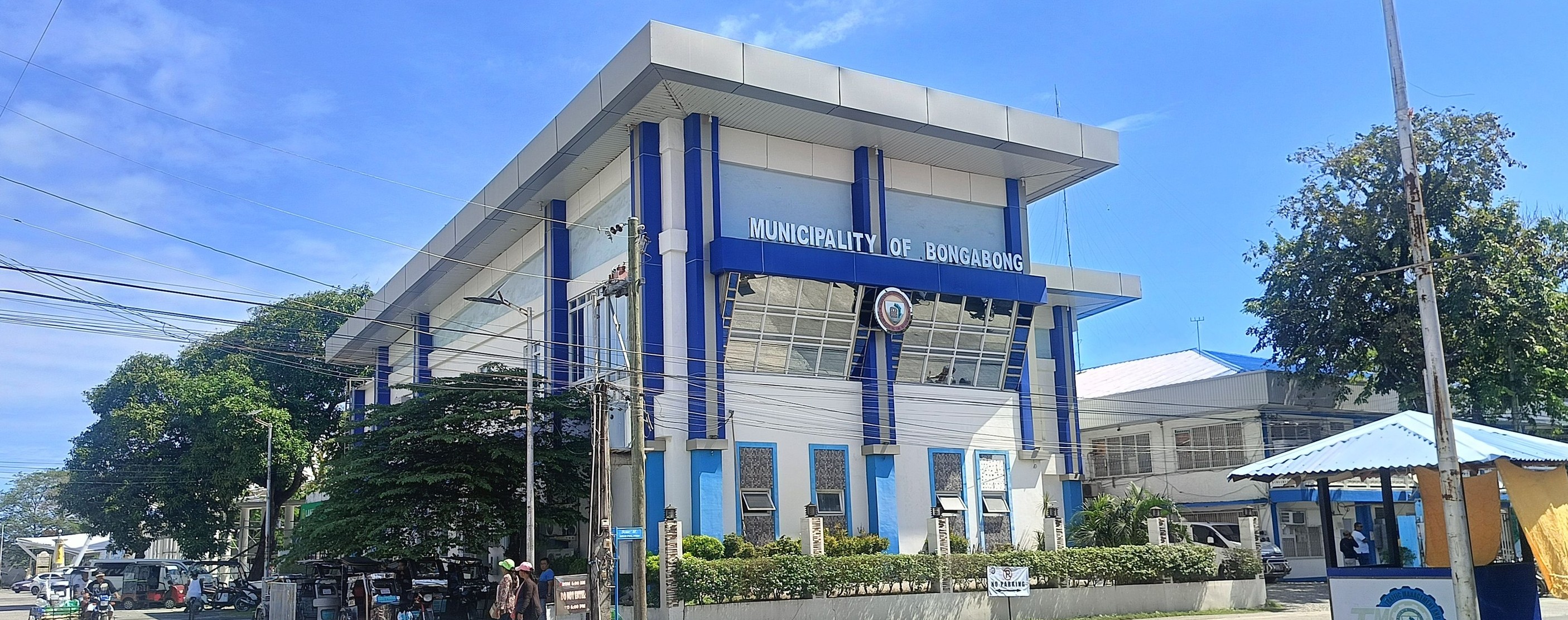
The Recollect mission of Bongabong was first mentioned in the Libro de Registros, marking the establishment of a Catholic mission in the area.

The church built by the Recollects in Bongabong was destroyed during Muslim raids between these years.
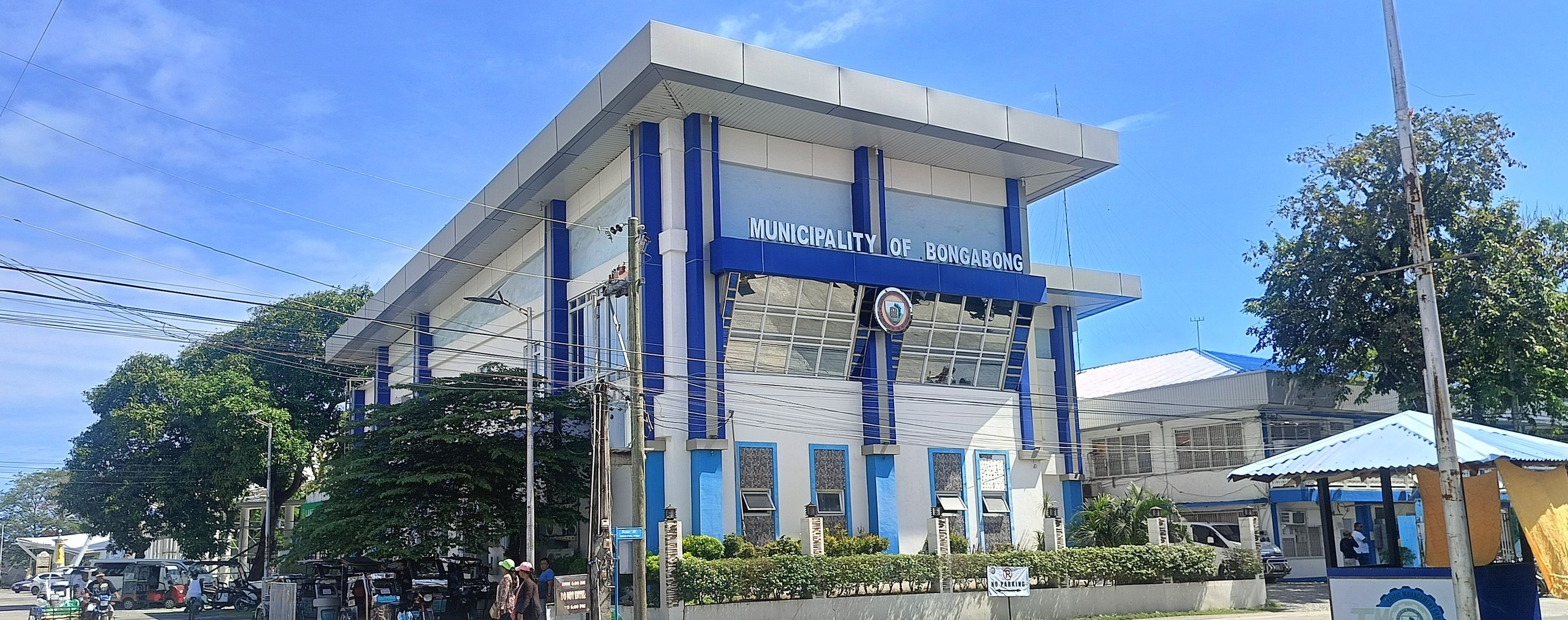
During the Philippine Revolution, the town was renamed "Sumilang" by Col. Juan Naguit, a close associate of Gen. Emilio Aguinaldo. Livelihood in Bongabong Oriental Mindoro
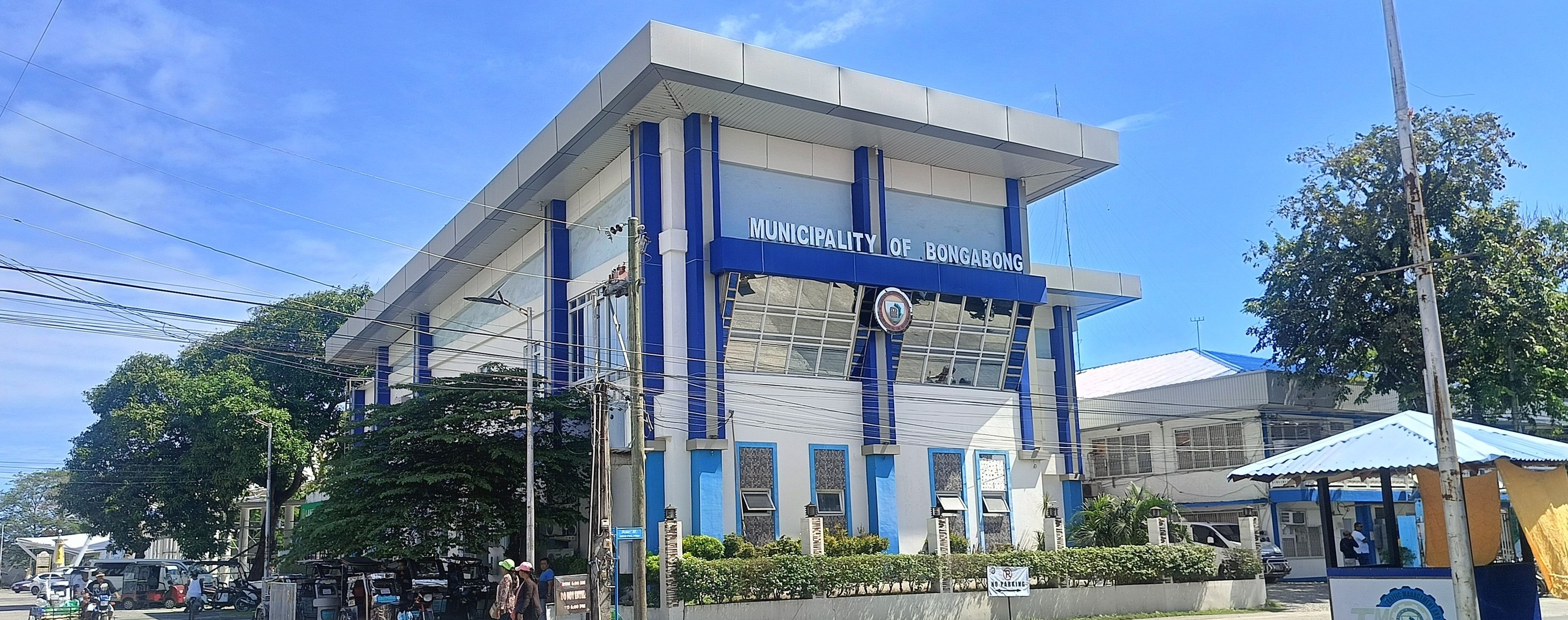
After the establishment of the civil government, Bongabong was downgraded to a barrio of Pinamalayan due to its poor financial condition. Bongabong was officially recognized as a separate municipality through Philippine Legislative Act No. 3415.
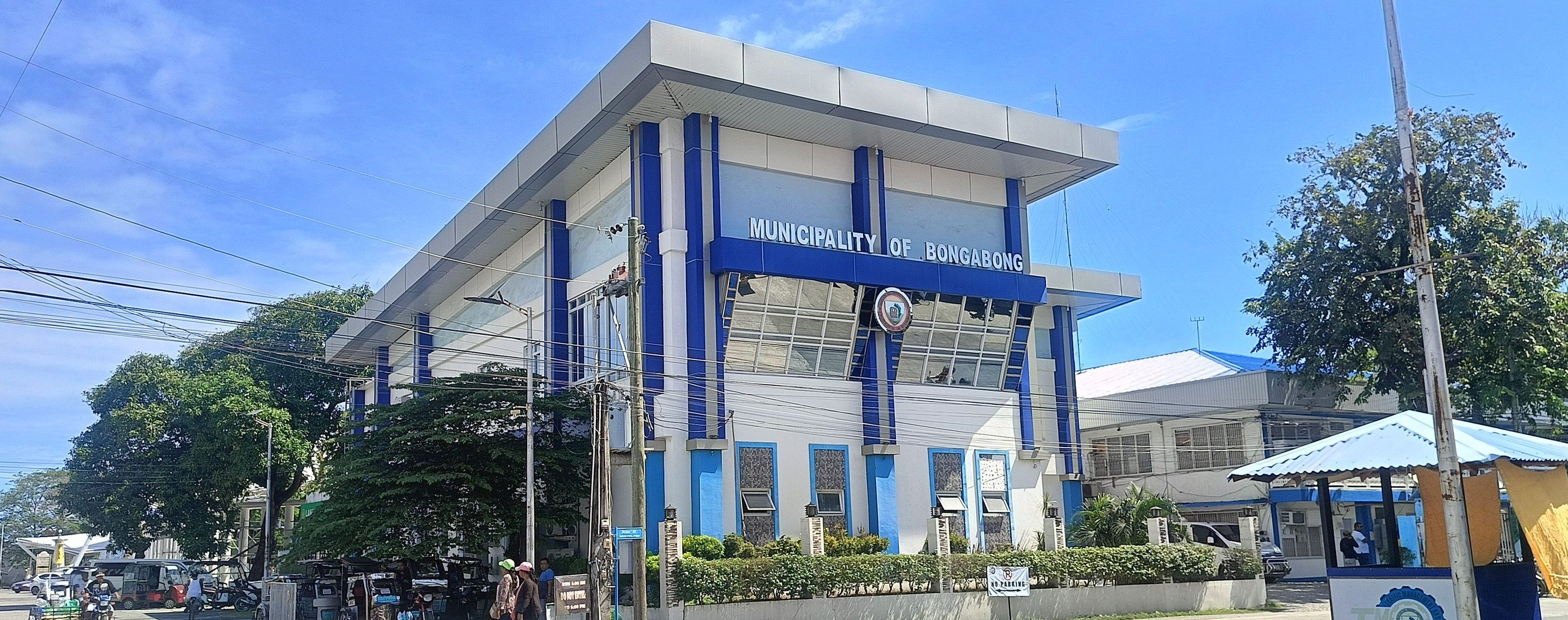
On January 1, Bongabong became the first town liberated by American forces in Eastern Mindoro during World War II

Under the National Resettlement and Rehabilitation Administration (NARRA), 606 families from Central Luzon were settled in the Bongabong-Pinamalayan area, marking a significant migration wave.
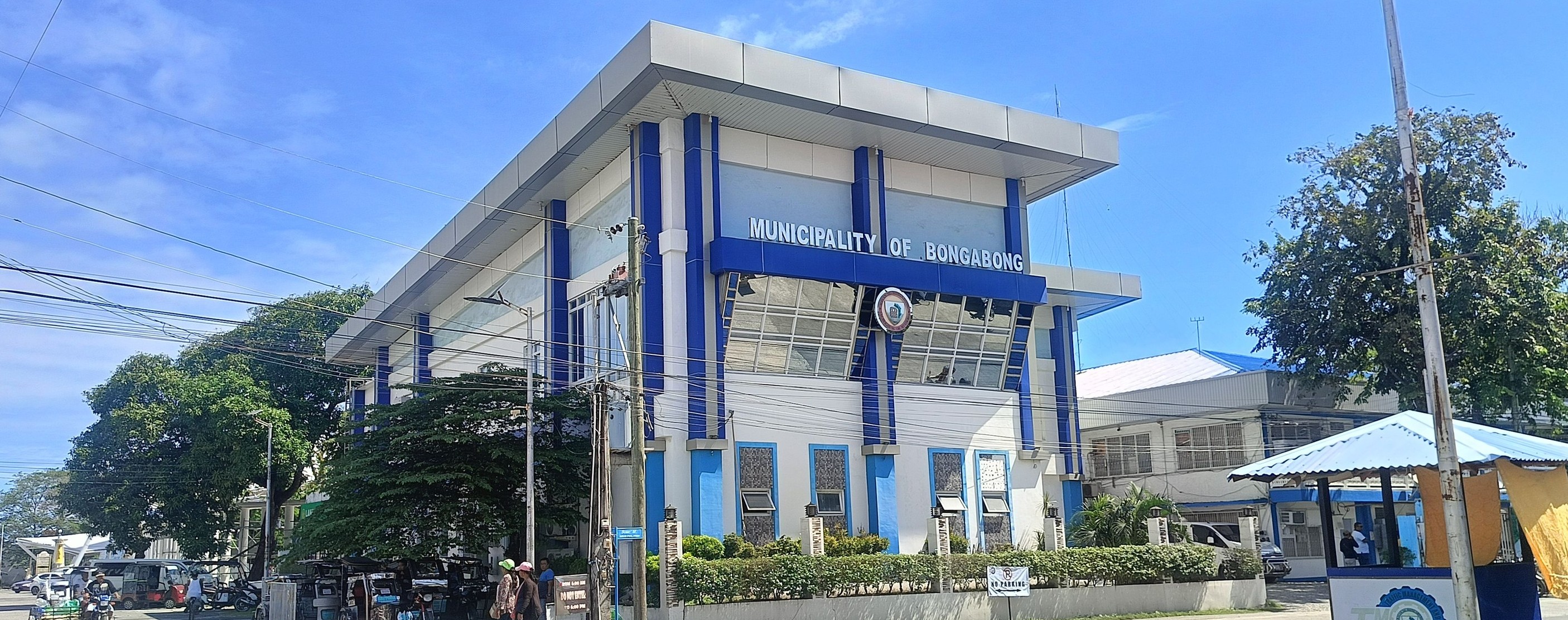
The Kuta Church Ruins in Sitio Cuta, Barangay Anilao, were declared a National Historical Landmark by the National Historical Commission of the Philippines.
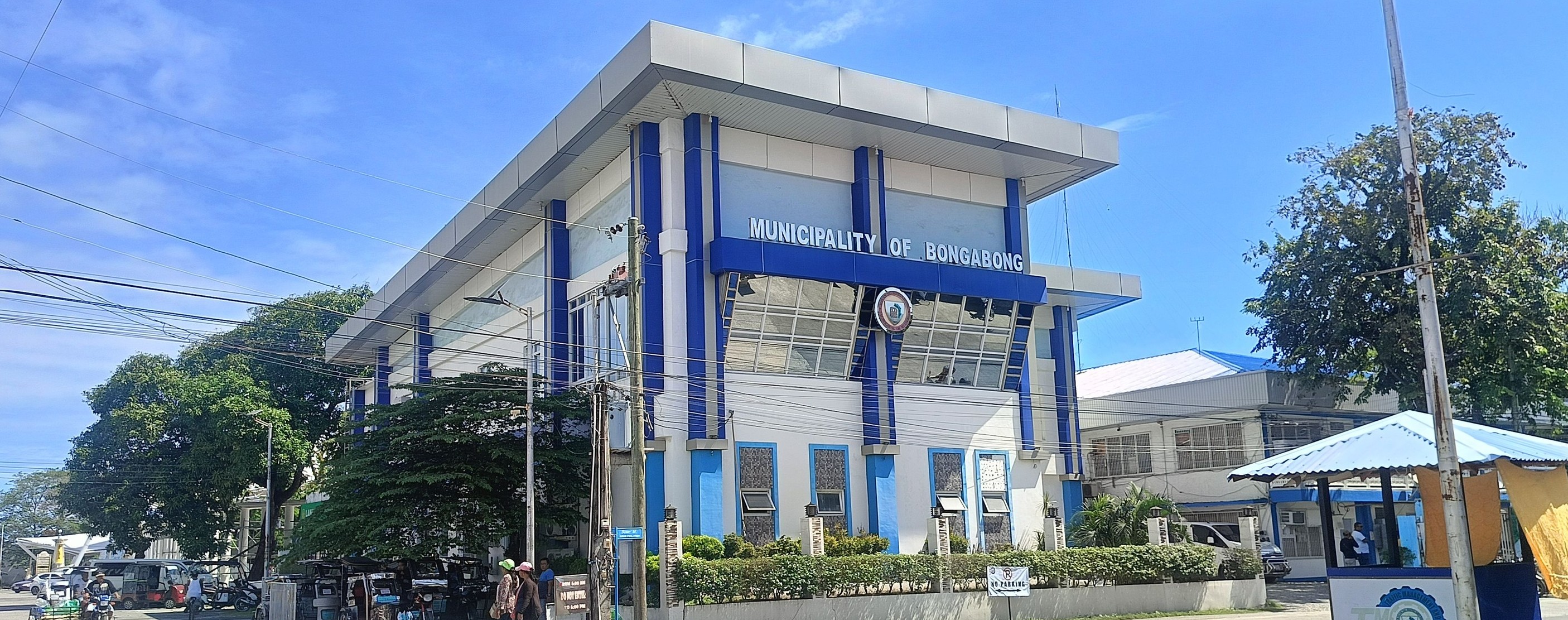
Bongabong is known as the "Organic Farming Capital of Oriental Mindoro," with agriculture, particularly organic rice farming, playing a central role in its economy.
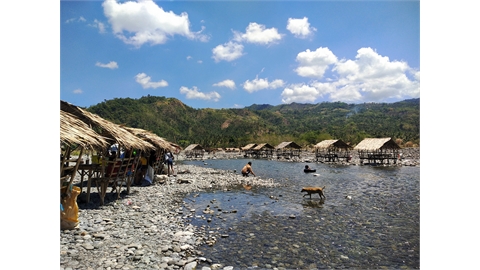
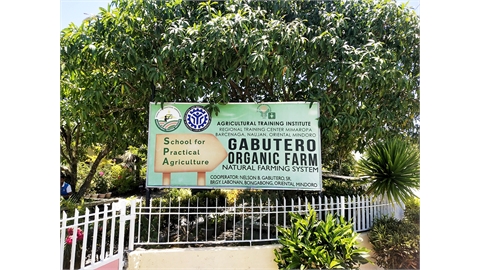
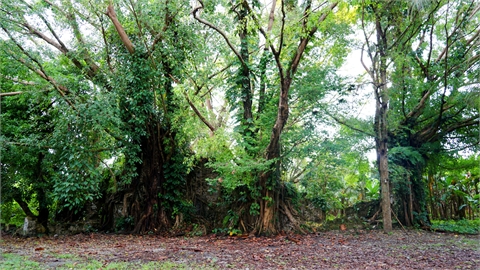
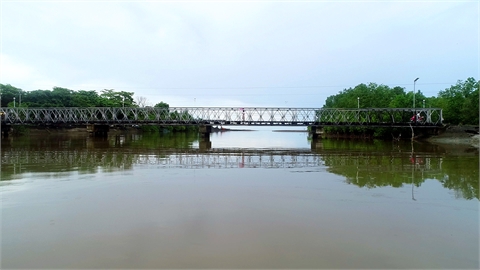

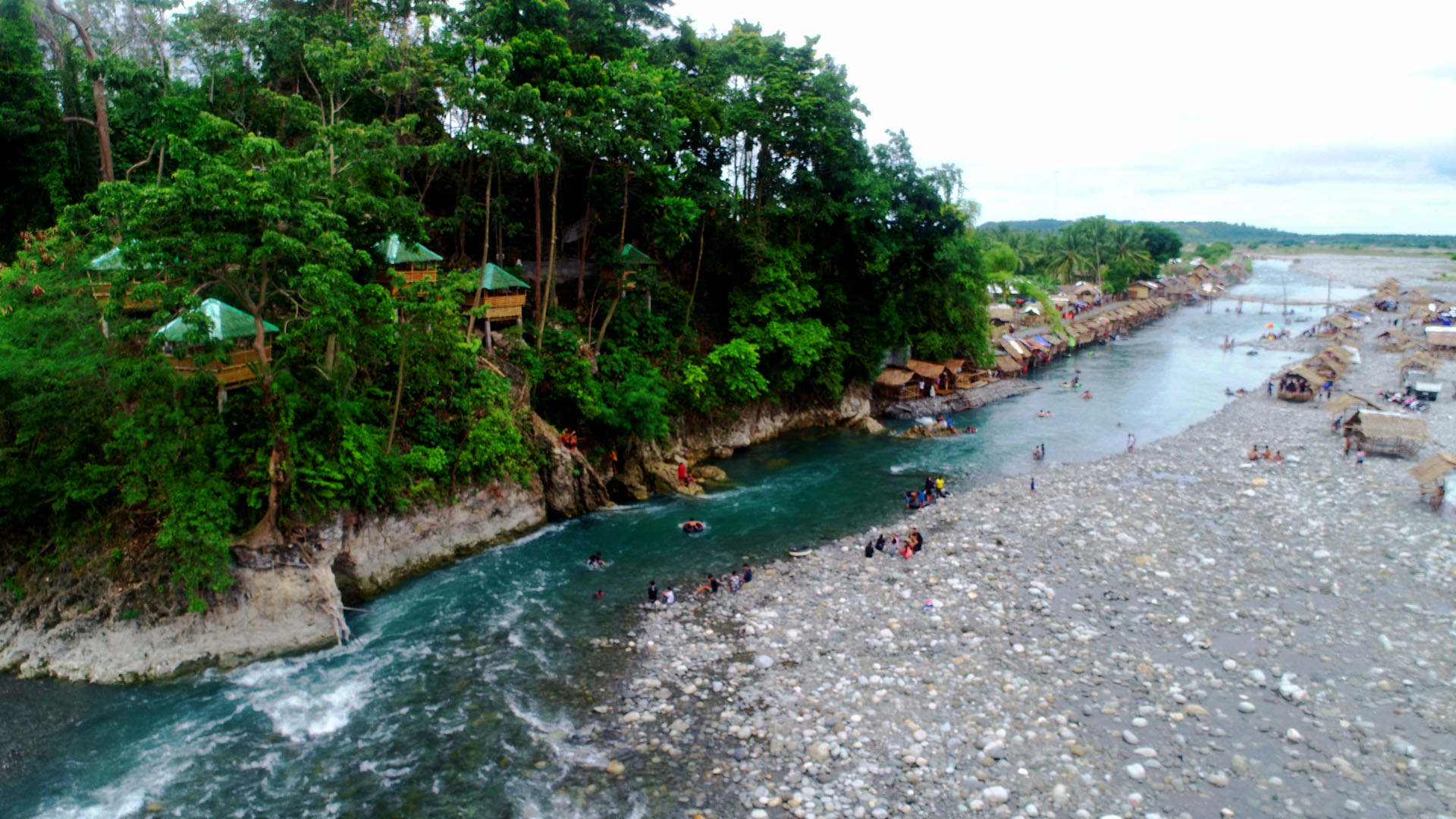
Today, Bongabong continues to thrive as an agricultural powerhouse while developing its tourism potential. The town's natural attractions, including its rivers, beaches, and mountain views, combined with its rich cultural heritage, make it an emerging destination in Oriental Mindoro. The annual Sulyog Festival showcases the town's agricultural products and cultural traditions, attracting visitors from across the province.